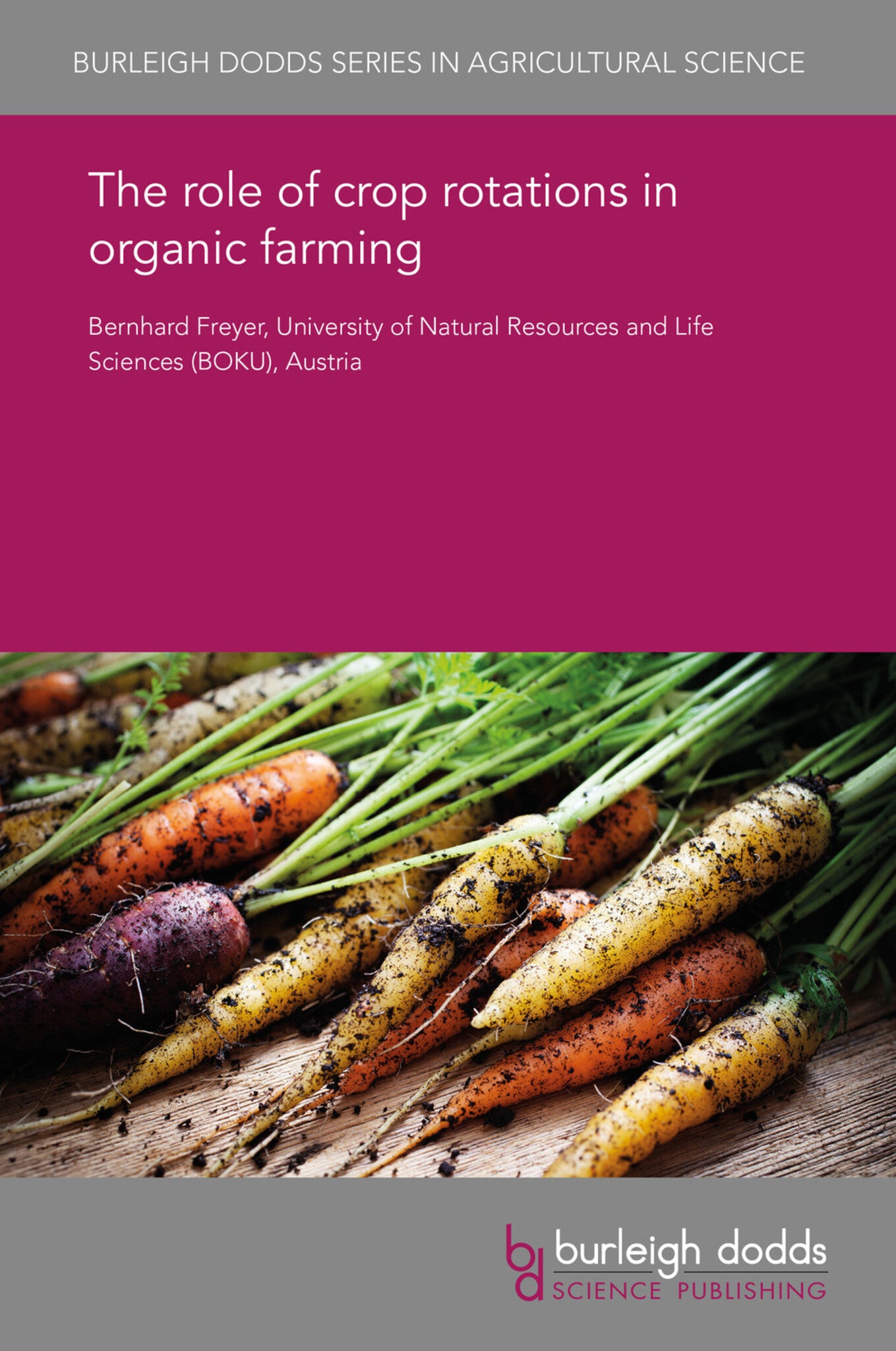We're sorry. An error has occurred
Please cancel or retry.
The role of crop rotations in organic farming

Some error occured while loading the Quick View. Please close the Quick View and try reloading the page.
Couldn't load pickup availability
- Format:
-
29 November 2018


TECHNOLOGY & ENGINEERING / Agriculture / Sustainable Agriculture, Organic farming, TECHNOLOGY & ENGINEERING / Agriculture / Agronomy / Crop Science, TECHNOLOGY & ENGINEERING / Agriculture / Organic, Sustainable agriculture, Agronomy and crop production

1 Introduction 2 Principles of crop rotation 3 Precrop effects in crop rotations 4 Nutrient effects of legumes and other rotation crops 5 The role of rotation crops in suppressing weeds, diseases and pests 6 Rotations and crop yields 7 Designing a crop rotation 8 Measuring and modelling crop rotations, nutrient and humus balances 9 Crop rotations on stockless farms 10 Conclusion and future trends 11 Where to look for further information 12 References and further reading



